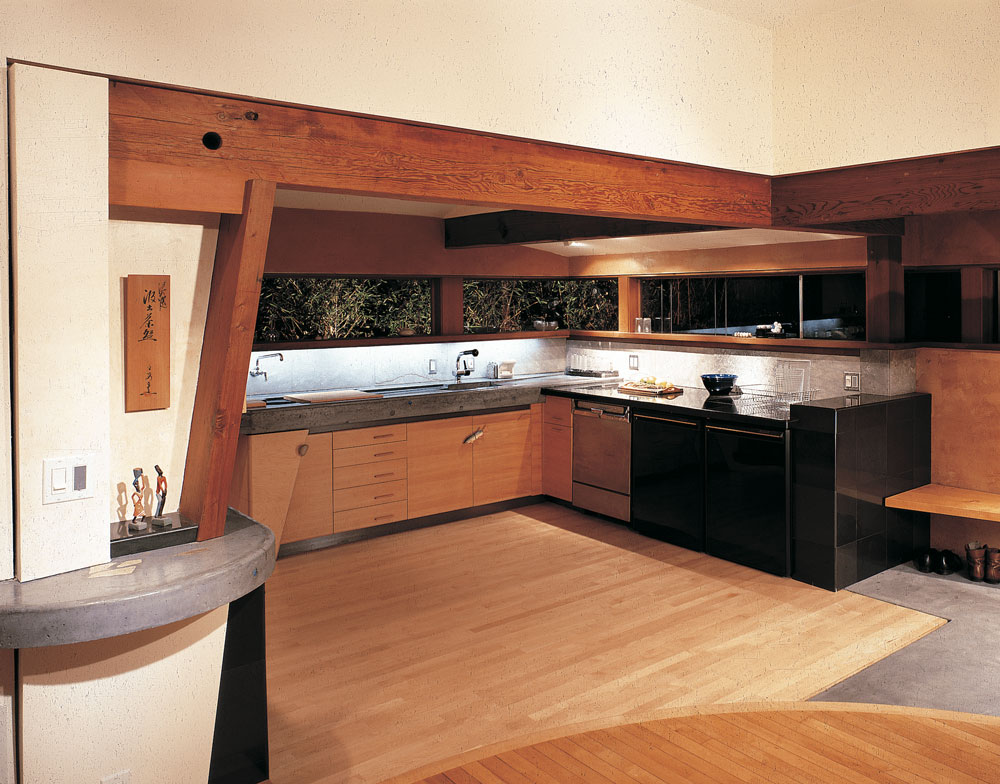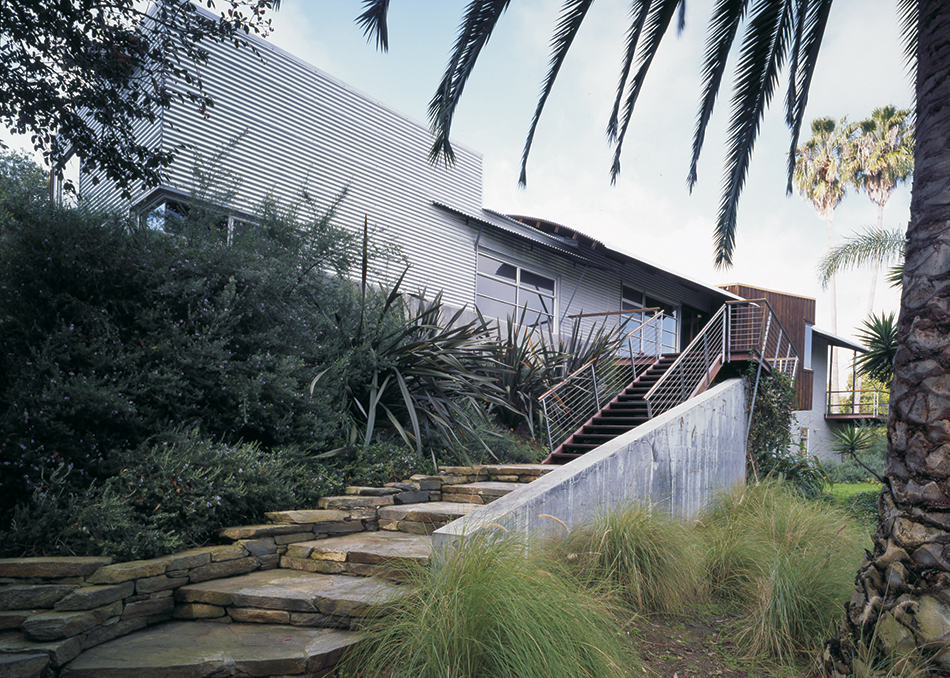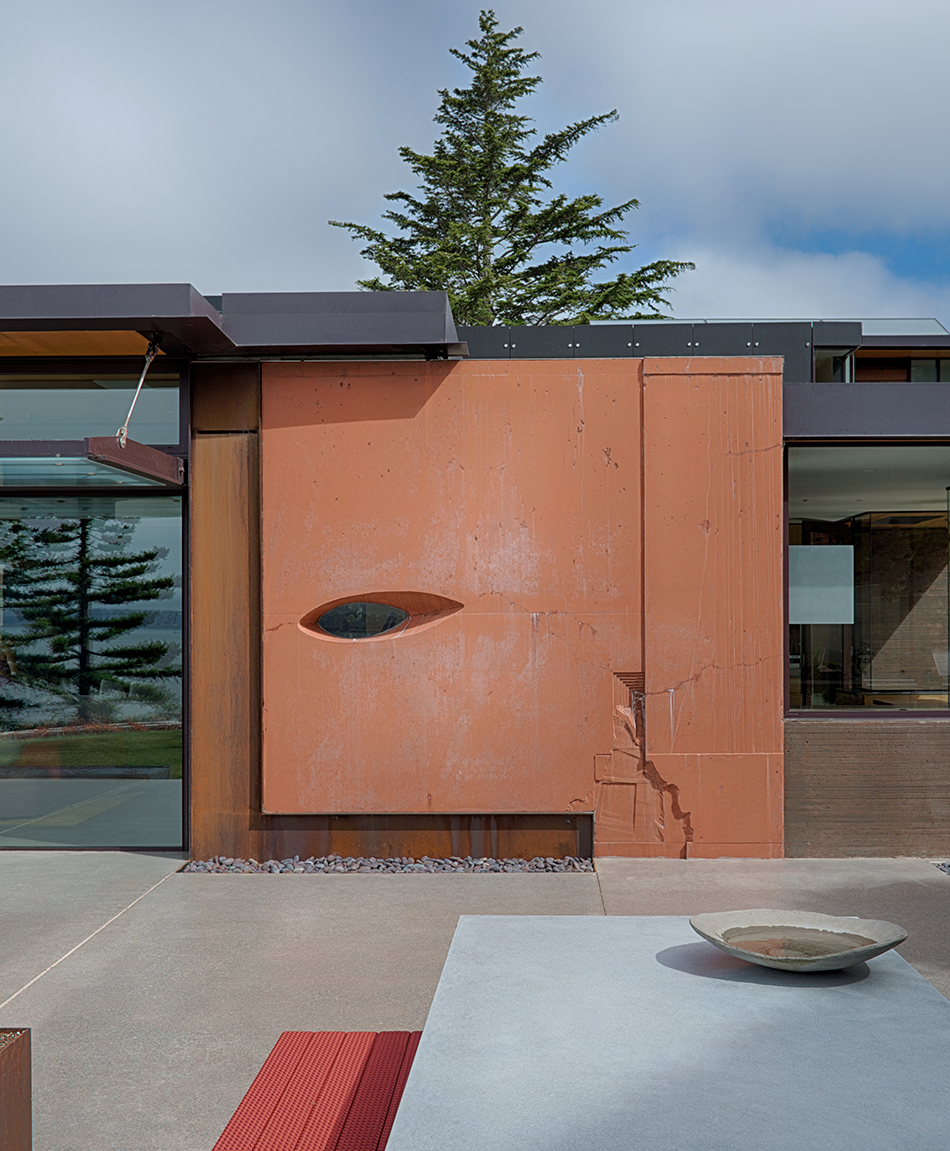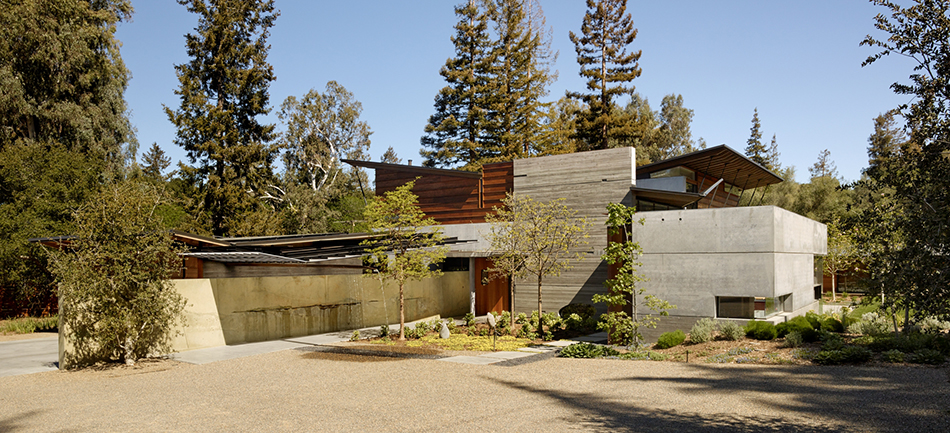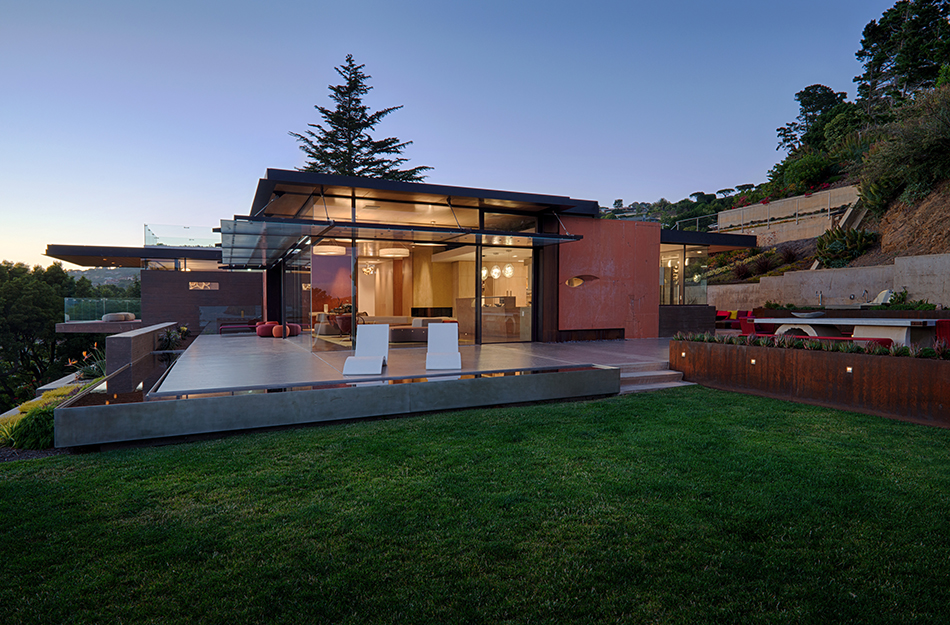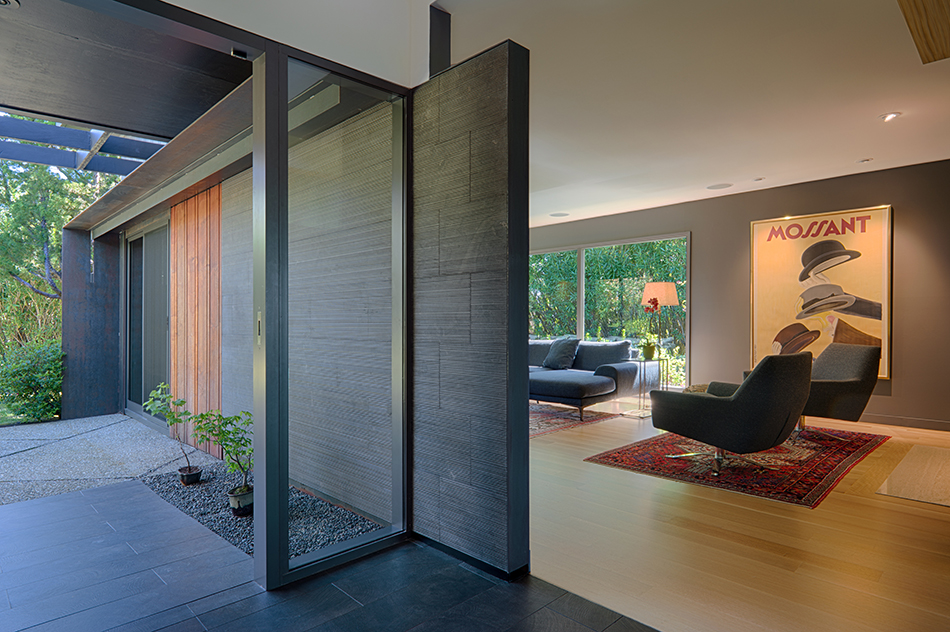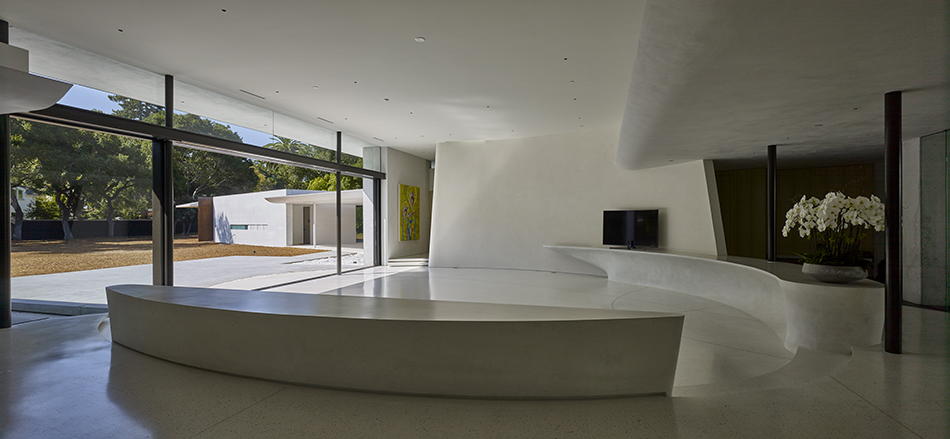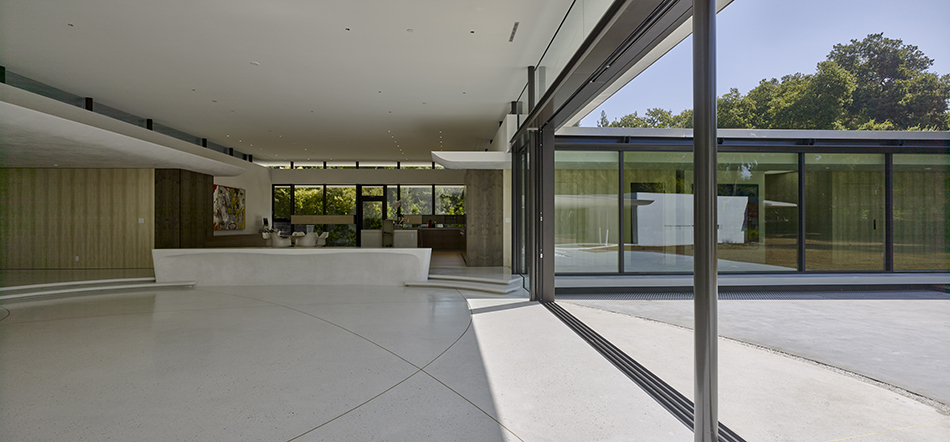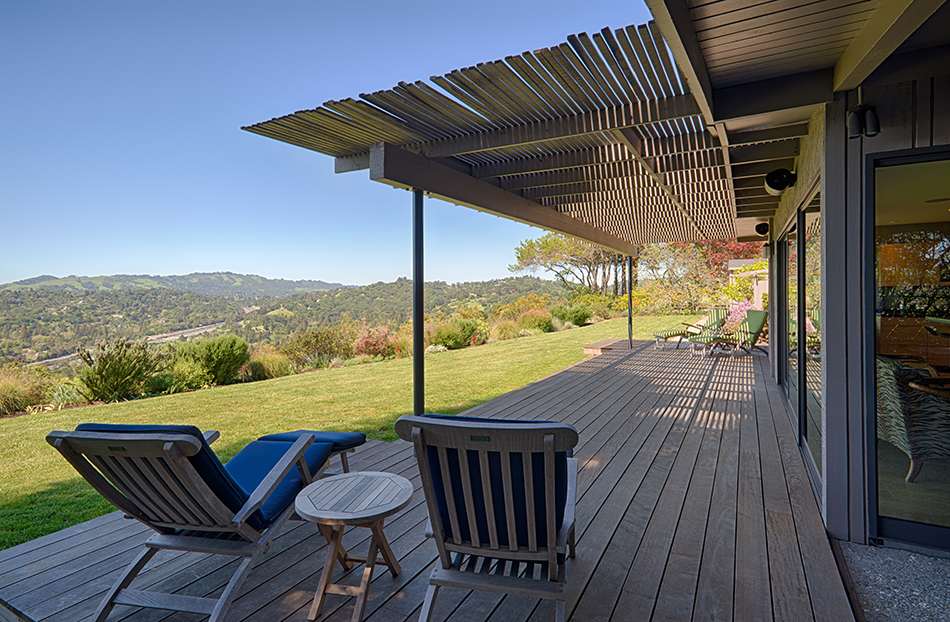From Peanut-Brittle Concrete to Dream Homes – My LA Story

Los Angeles is my homeland. It’s where I ate my first 10-cent McDonald’s burger and a 5-cent bag of fries. Where I learned to pee in a jar rather than wake my family while we sat rapt at the Victory Drive-in. My mother, ever resourceful, made our farmhouse driveway in Van Nuys with her own homemade concrete. She and my father, with five boys crammed into a ’47 Nash Hudson, would haul sand from the open banks of the LA River in Pacoima, stuffing it into used rice sacks. We…
FuTung ChengFebruary 3, 2025
